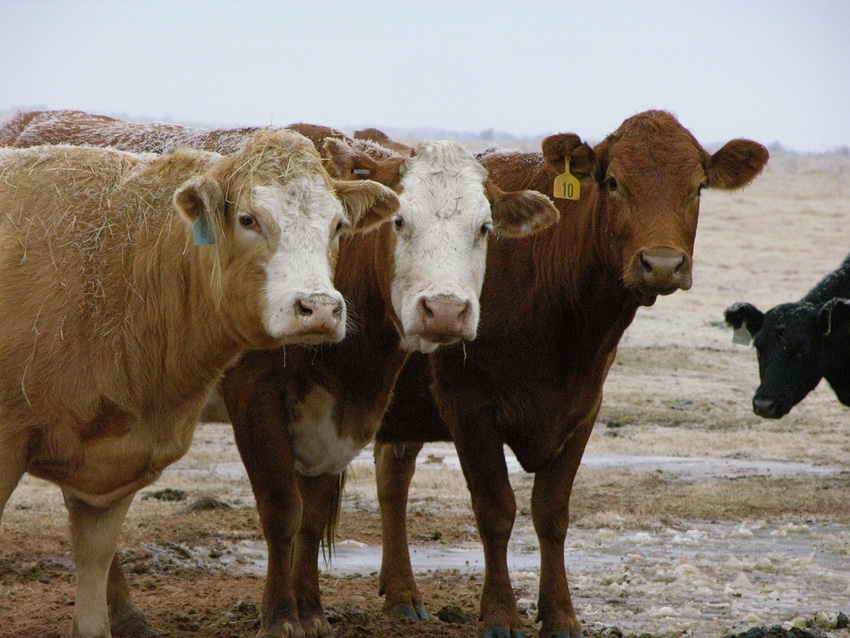August 2, 2019

The wet winter and spring has set up difficult conditions for beef operations this winter, but there are some plans to be made that can help, says Francis L. Fluharty, professor and head of the animal and dairy science department at the University of Georgia.
Feed costs are relatively high, as are protein prices. Hay may appear plentiful, but quality likely will be poor.
Compounding the problem this year is that poor hay and haylage making conditions mean that the first cutting of hay was delayed in many areas, he adds. The hay made from more mature forage will have a higher lignin content, making it less digestible than if the forage were harvested earlier, and there will be a lower protein content with more of the protein unavailable.
"For cow-calf producers, the poor quality forages, reduced forage supplies, and increased feed and supplementation costs will demand that we look at nutrition and management even more closely this year," Fluharty says.
Cows and heifers in spring-calving herds are likely to have more problems maintaining body condition during pregnancy, as well as more expensive than in recent years. This is a bigger problem than some may realize.
Fluharty notes that over the past 15 years, research has clearly shown that cows deficient in protein or energy during gestation have calves that are less vigorous due to lower quality colostrum. They also have reduced marbling and growth potential due to retardation of fat cell and muscle development in the fetus. Further, heifers born under these circumstances have delayed estrus, meaning they breed later than if their dams had been given sufficient energy and protein during gestation.
This tells us the long-term implications of poor cow-herd nutrition in mid to late gestation have negative impacts for much longer than just that winter, Fluharty warns.
"If producers have not done forage tests in the past, this is the year to start," he says.
He suggests you work with extension or feed company people to learn how to take a proper sample for forage testing, then test and learn the energy, available protein and mineral content of your forages so that you can develop a feeding plan. Then, plan on getting the most out of your stored forages.
He adds there are many university web resources that describe how to store round bales with reduced waste, and how to use feeders that reduce hay waste. Further, he says, those who have feeding capacities might consider technologies such as chop-cut balers or tub grinders to reduce the particle size of the stored forage. This will increase digestibility and allow cattle to get the most out of the forage.
"The goal of a cow-calf operator should be optimizing forage utilization so that supplementation is strategic," he says.
To reiterate, the three steps to accomplishing that are:
Knowing the forage quality
Reducing storage and feeding losses
Using processing technologies and supplements that are proven to increase the digestibility of forages.
All this will help to reduce feed costs, maintain cow body condition, and help ensure that next year’s calf crop is not compromised due to poor cow nutrition and body condition.
Source: The Ohio State University, which is solely responsible for the information provided and is wholly owned by the source. Informa Business Media and all its subsidiaries are not responsible for any of the content contained in this information asset.
You May Also Like




